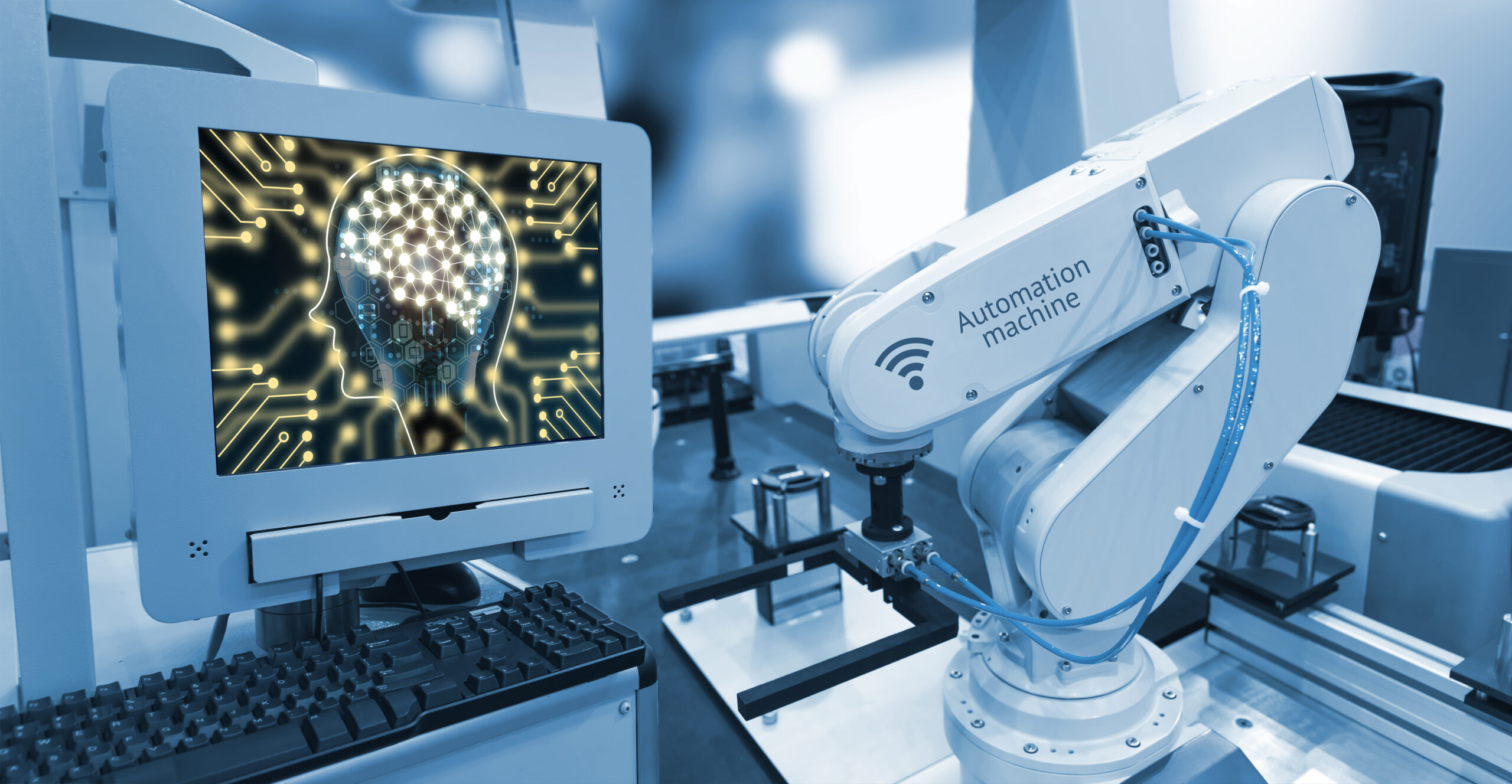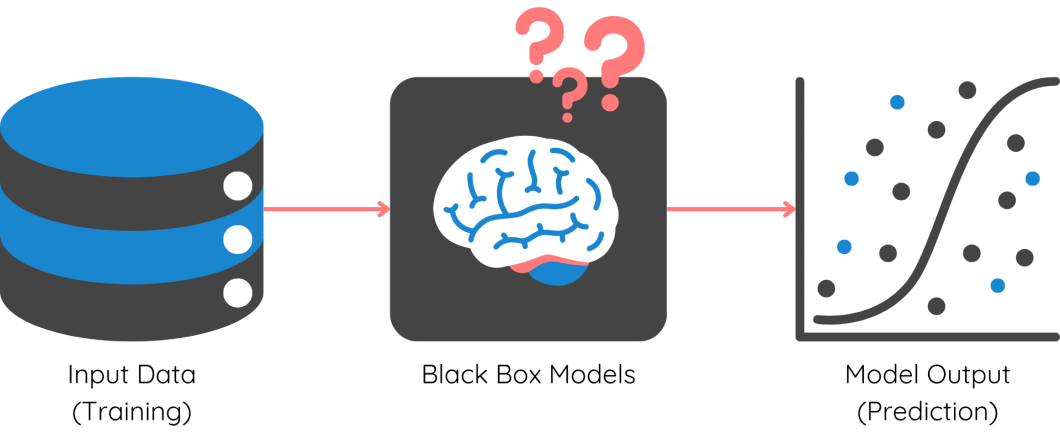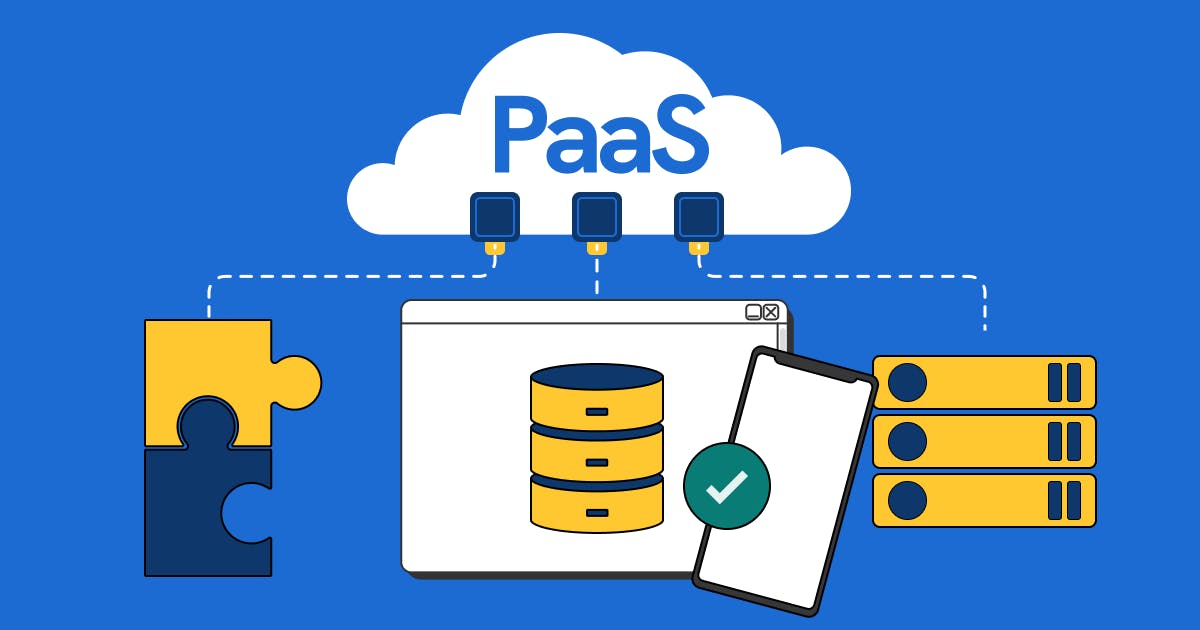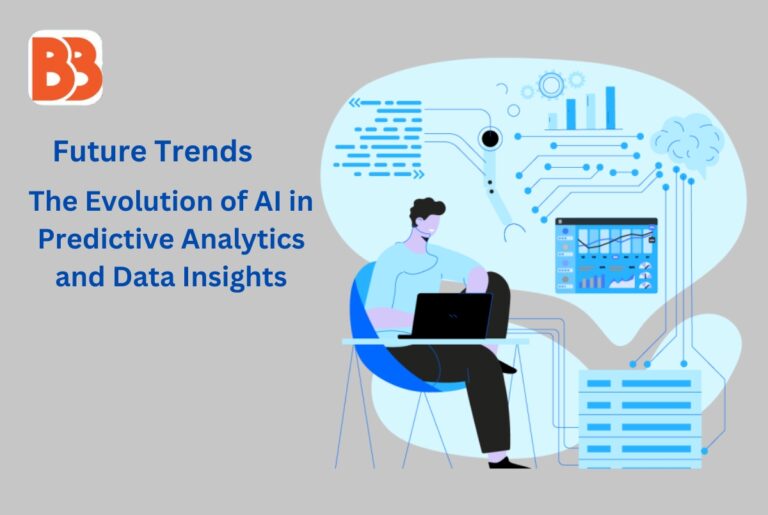Artificial Intelligence (AI) has transformed predictive analytics, allowing organizations to harness data for more accurate forecasts and actionable insights. This field continues to evolve at a rapid pace, driven by advancements in machine learning, data processing, and computing power. Emerging trends in AI-powered predictive analytics are redefining how businesses make decisions, forecast future events, and gain insights into complex data. Let’s have a look at the most impactful trends shaping the future of AI in predictive analytics.
Real-Time Predictive Insights
Traditional predictive analytics relies on batch data, which is analyzed periodically. However, AI is moving toward real-time predictive insights, allowing organizations to process data instantly. This shift is critical for sectors like finance, e-commerce, and healthcare, where decisions based on current data can significantly impact outcomes.
For instance, in retail, real-time predictive analytics can adjust pricing and inventory based on customer demand, optimizing sales and reducing costs. In healthcare, real-time monitoring of patient data through AI models can provide early warnings about critical health events, improving patient care. The increasing capability for real-time analysis allows businesses to become more agile, responding instantly to market dynamics and operational needs.
Automated Machine Learning (AutoML)


The complexity of developing predictive models has traditionally limited AI’s potential to data scientists and specialized teams. Automated Machine Learning (AutoML) is changing this by simplifying model-building processes, allowing non-experts to leverage predictive analytics. AutoML automates data preparation, feature engineering, and model tuning, making it possible for teams with little AI expertise to implement predictive models. You can read more about “Top Industries Adopting AI Predictive Analytics to Gain Competitive Advantage“. This democratization of AI in predictive analytics is enabling businesses across industries to extract value from data without needing an in-depth understanding of complex algorithms.
Explainable AI (XAI)


As AI models become more complex, there’s a growing demand for transparency and interpretability, particularly in highly regulated industries like healthcare and finance. Explainable AI (XAI) is designed to make AI models more understandable, allowing users to see how predictions are made. XAI is essential for building trust, as organizations need to ensure that their AI systems are fair, unbiased, and reliable.
For example, in finance, banks can use XAI to explain credit scoring models to customers, showing how specific factors impact their eligibility for loans. XAI is also crucial in healthcare, where doctors need to understand how AI-driven predictive models reach their conclusions to make informed decisions about patient care.
Data Fusion and Integrative Analytics


The ability to combine data from multiple sources is transforming predictive analytics by creating richer, more accurate insights. Known as data fusion or integrative analytics, this trend involves aggregating data from various structured and unstructured sources—such as social media, IoT devices, and customer databases into a single predictive model.
For instance, combining customer data with real-time social media insights allows retailers to predict buying trends more accurately. In healthcare, data fusion enables predictive models that combine patient health records, lifestyle data, and genetic information, leading to more comprehensive and personalized treatment plans.
Edge Computing and Predictive Analytics
Edge computing, which processes data near its source rather than sending it to a central server, is revolutionizing predictive analytics, especially in industries that rely on IoT devices. By processing data locally, edge computing reduces latency, improves security, and enables real-time analytics.
In industries such as manufacturing, predictive maintenance models can now operate directly on factory floors, identifying potential machine failures before they happen. Similarly, in autonomous vehicles, edge computing allows real-time analysis of sensor data, making quick decisions critical to safety. As edge computing infrastructure becomes more widespread, we can expect predictive analytics to become faster, safer, and more responsive.
Natural Language Processing (NLP)
AI models powered by Natural Language Processing (NLP) are enabling organizations to analyze vast amounts of unstructured data, such as social media posts, reviews, and customer feedback, transforming this textual data into actionable insights. NLP-powered predictive analytics is particularly useful for understanding customer sentiment, predicting buying trends, and enhancing customer service.
For example, companies can use NLP to monitor social media mentions and predict emerging consumer trends. In healthcare, NLP can analyze electronic health records and clinical notes to predict patient outcomes or identify risk factors for diseases. By making unstructured data more accessible, NLP is expanding the scope of predictive analytics beyond numerical data, providing a more comprehensive view of trends and behaviors.
Predictive Analytics as a Service (PAaaS)


As businesses seek more cost-effective and flexible solutions, Predictive Analytics as a Service (PAaaS) has emerged as a popular model. PAaaS provides cloud-based predictive analytics solutions, allowing businesses to access powerful AI tools without needing significant in-house resources. For instance, PAaaS platforms enable businesses to forecast sales, optimize inventory, and detect fraud with minimal setup.
These services are scalable, customizable, and require little to no maintenance, making predictive analytics accessible to small and medium-sized enterprises. The rise of PAaaS signals a shift toward AI-powered insights on demand, providing businesses with cost-effective solutions for competitive decision-making.
Hyper-Personalization
Hyper-personalization is another trend enabled by predictive analytics, particularly in customer-facing industries like retail, finance, and entertainment. By analyzing individual customer data, businesses can predict customer preferences and tailor experiences to a level of precision that was previously impossible.
In retail, hyper-personalization enables tailored product recommendations, custom marketing campaigns, and personalized pricing. In finance, banks can offer individualized financial advice, while streaming platforms use predictive analytics to recommend content uniquely suited to each user’s preferences.
Conclusion
The future of predictive analytics is set to be more dynamic, transparent, and accessible than ever. Real-time insights, AutoML, XAI, data fusion, edge computing, NLP, PAaaS, and hyper-personalization represent a new wave of AI-driven tools that will transform how businesses operate and make decisions. Companies that adopt these technologies stand to gain a significant competitive edge, leveraging predictive analytics to anticipate market changes, personalize customer experiences, and optimize operations. As AI predictive analytics evolves, organizations are not only gaining insights but are also setting a foundation for a proactive.


